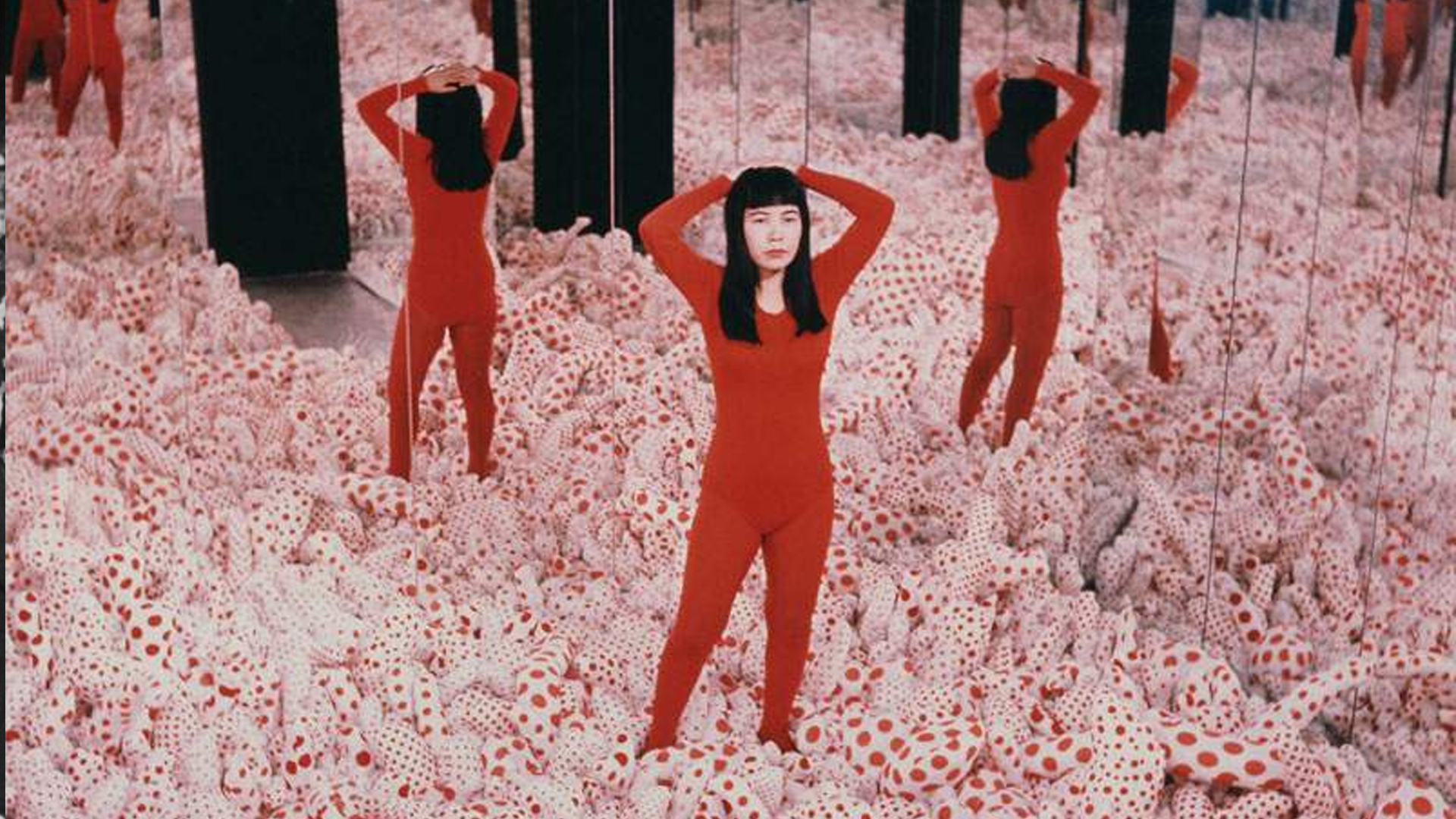Yayoi Kusama
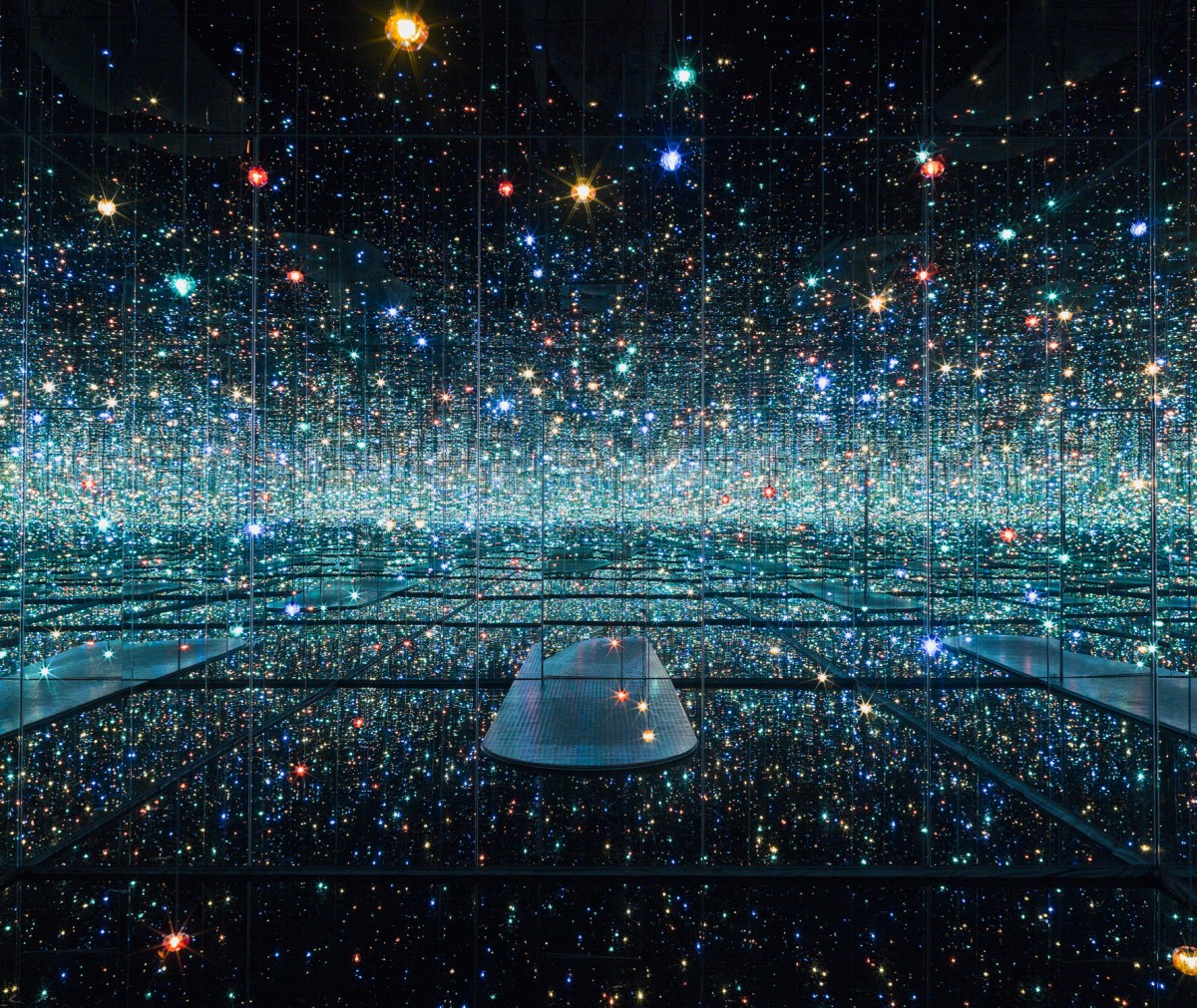
Yayoi Kusama, born in 1929 in Matsumoto, Japan, grew up seeing the world in ways most people couldn’t imagine. As a young girl, she had a powerful hallucination while standing in a field of flowers—suddenly every blossom seemed to speak to her, stretching into endless dots that made her feel like she was disappearing into the universe. Instead of hiding from this unusual experience, Kusama transformed it into her superpower. She took the fear she felt as a child and turned it into bold, imaginative art filled with dots, patterns, and colors. Even when her parents tried to stop her from making art—tearing up her drawings and insisting she do something more traditional—Kusama refused to give up. She kept creating with whatever she could find: mud, old sacks, and whatever scraps she could turn into magic.
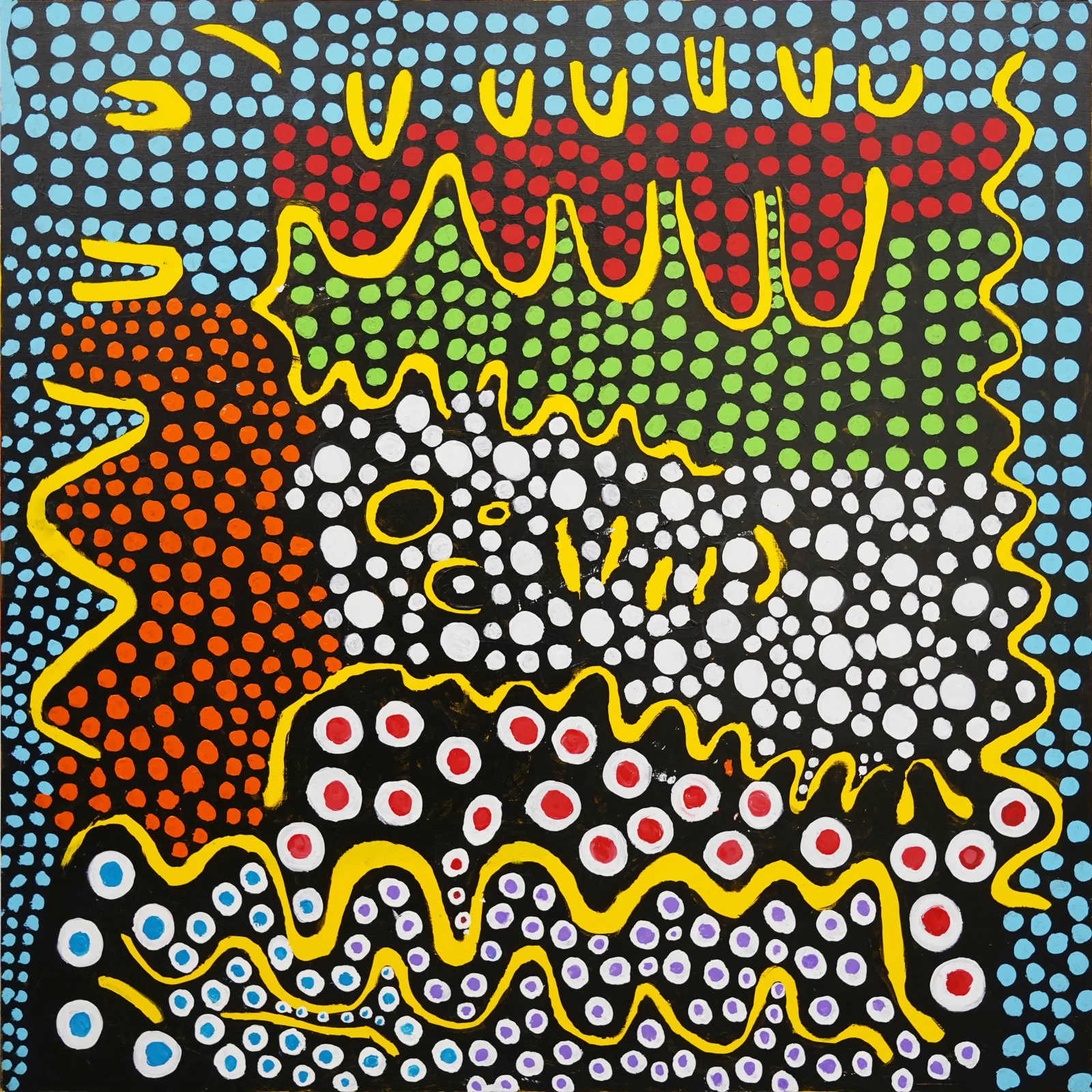
Determined to chase her dreams, Kusama eventually convinced her family to let her study painting. In the 1950s, she took a huge leap from her quiet hometown and moved all the way to New York City to jump into the center of the art world. She arrived with almost no money, a suitcase full of artwork, and one fierce promise to herself: 'I would stand up to them all with a single polka dot.' And she did. Kusama began painting massive canvases covered in tiny marks and dots, creating hypnotic patterns that seemed to go on forever. Her bravery and originality caught the attention of famous artists like Andy Warhol and Donald Judd, and she became a key figure in exciting new art movements like pop art, minimalism, and performance art.

Kusama’s art is like stepping into a dream—part painting, part sculpture, part fashion, part performance, and always filled with dots. She calls her dots a path to 'self-obliteration,' which sounds spooky but is actually deeply hopeful. To Kusama, dots help people forget their worries and feel connected to something bigger, like the stars in the sky. She explained it beautifully: 'Our earth is only one polka dot among a million stars in the cosmos.' Her most famous creations, the Infinity Mirror Rooms, let visitors step inside this idea. With twinkling lights reflecting endlessly in mirrors, these rooms make you feel as if you are floating through infinite space, unsure where your body ends and the universe begins. They are playful, awe-inspiring, and a little bit mysterious, just like Kusama herself.
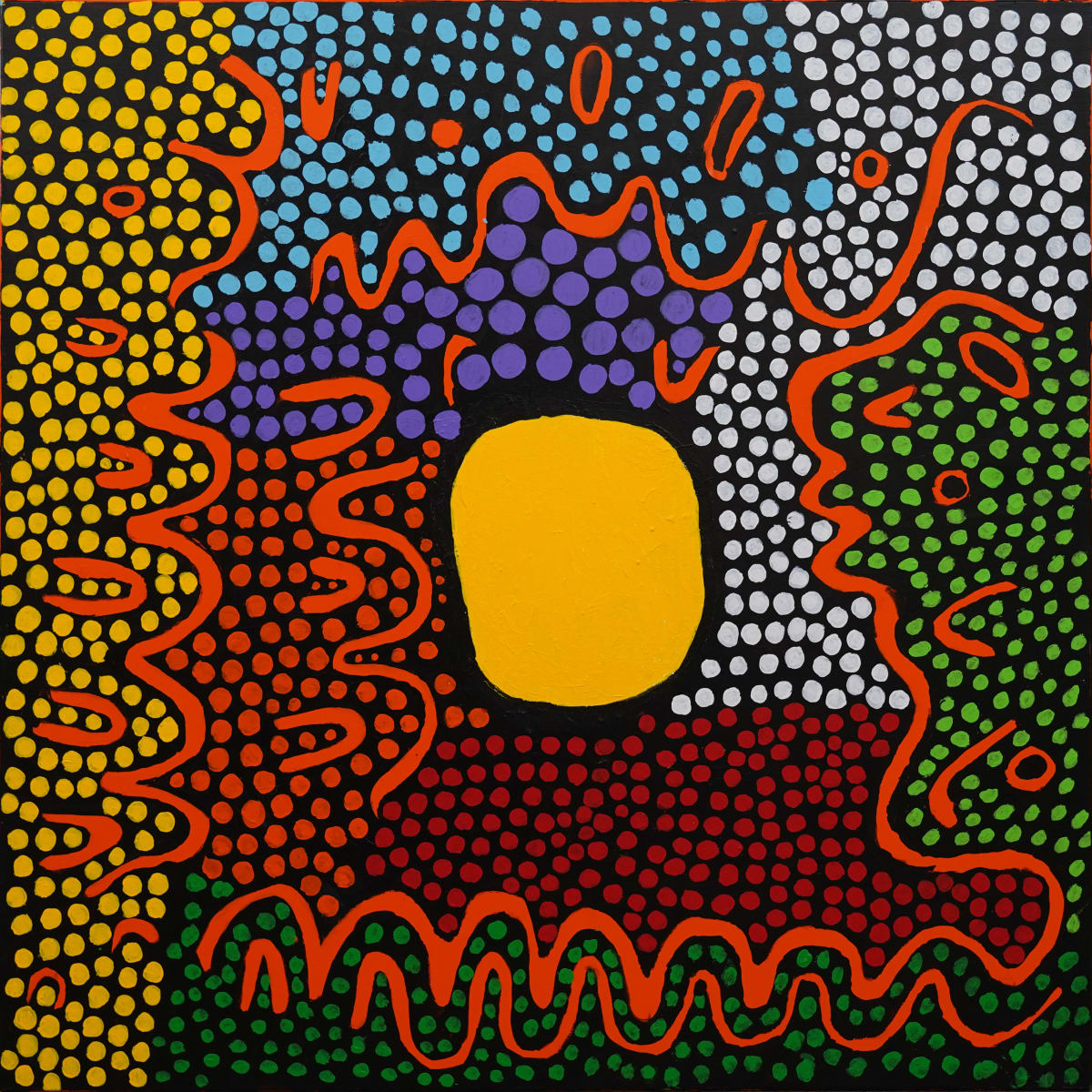
Throughout her life, Kusama has lived with mental illness and personal challenges, and she bravely uses art as a way to heal, understand herself, and share her inner world with the rest of us. She voluntarily lives in a psychiatric hospital in Tokyo and continues to create artwork from a studio nearby. Despite the struggles she faces, she has never stopped imagining, never stopped experimenting, and never stopped believing that creativity can change people’s lives. Over seven decades, Kusama has painted, sculpted, performed, written books, designed fashion, and even staged colorful peace protests. Today, millions of people visit her exhibitions, marvel at her glowing installations, and take inspiration from her message: that even our hardest experiences can lead to beauty, and that one polka dot, like one person, can change the universe.
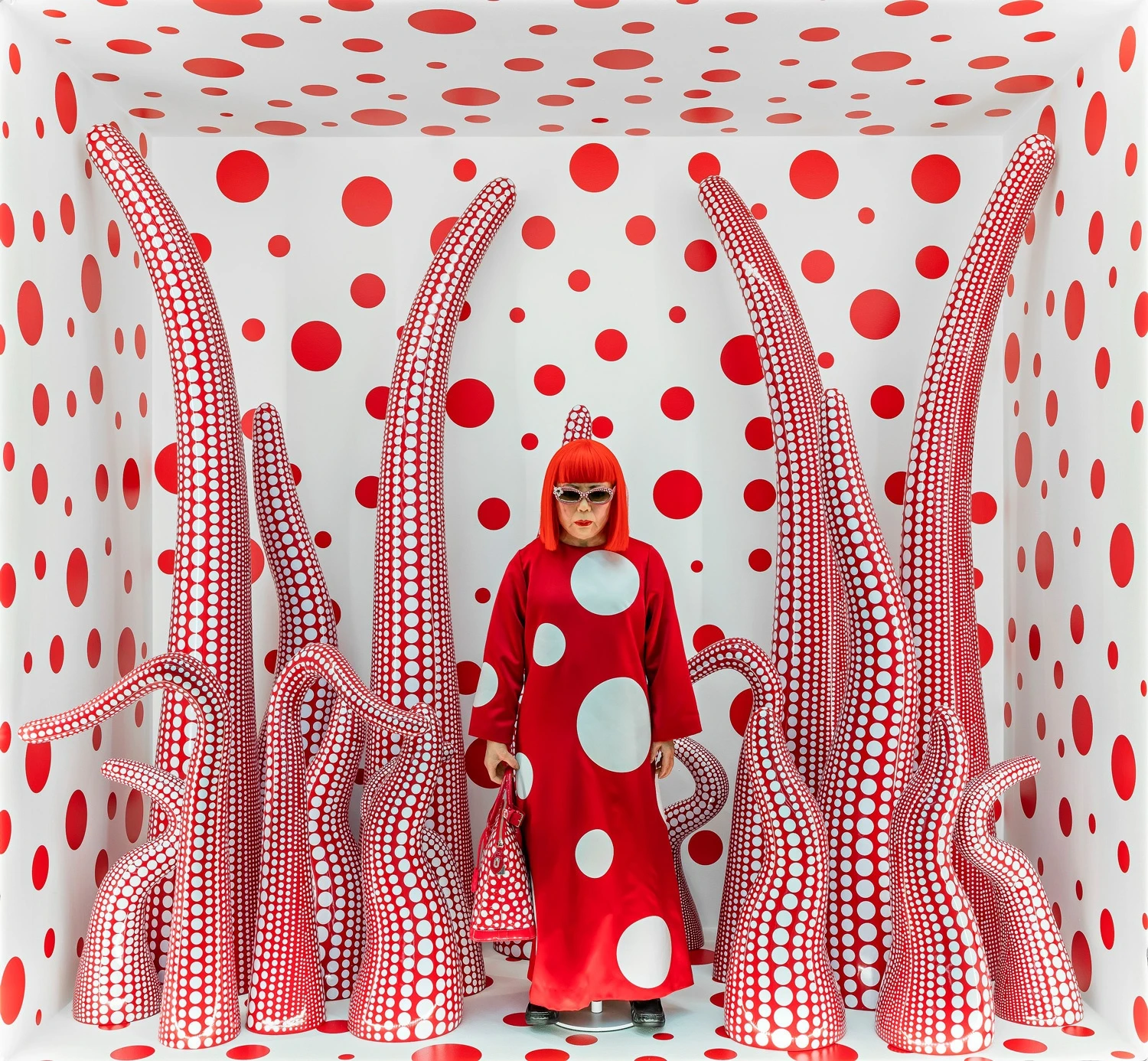
?
How do Kusama’s polka dots help her explore the concept of infinity?
Why do you think so many people connect with her Infinity Mirror Rooms?
How does Kusama’s openness about mental health affect the way people view her art?
In what ways did Kusama challenge social norms in the 1960s?
What do you think it feels like to stand inside one of her mirrored installations?
How have her collaborations with fashion brands and pop culture shaped her legacy?
Dig Deeper
Meet Yayoi Kusama, the artist who created a universe of dots! Growing up in rural Japan, Yayoi moved to New York City when she was 27 and became famous for her paintings, sculptures and performance art.
Yayoi Kusama lives in a psychiatric institution, which she entered voluntarily in 1977. She is now in her nineties and still works every single day. Known for her repeated dot patterns, her work has been marked with obsessiveness and a desire to escape from trauma. In this video, I show that despite her quirky personality and her status as the most popular artist in the world, she is one of the most radical artists of all time.
Discover more

Yoshitomo Nara
Yoshitomo Nara dares us to peer beneath the surface of innocence and confront the contradictions within ourselves. His art doesn’t shout, it stares. It questions. It listens. And in doing so, it gives voice to the misunderstood, the lonely, and the quietly courageous.

Andy Warhol
Warhol showed us that art doesn’t have to be rarefied — it can be mass-produced, branded, and broadcast. He turned the ordinary into icons and held up a silkscreened lens to our obsessions, proving that culture itself could be both canvas and critique.

Roy Lichtenstein
Lichtenstein reminds us that art can be both critical and playful. He dared to ask: what makes something 'art'? A museum wall, a famous name, or the act of seeing itself? By remixing the icons of culture—high and low—he taught us that imitation isn't always the opposite of originality. Sometimes, it's the beginning of deeper meaning.
Further Reading
Stay curious!
